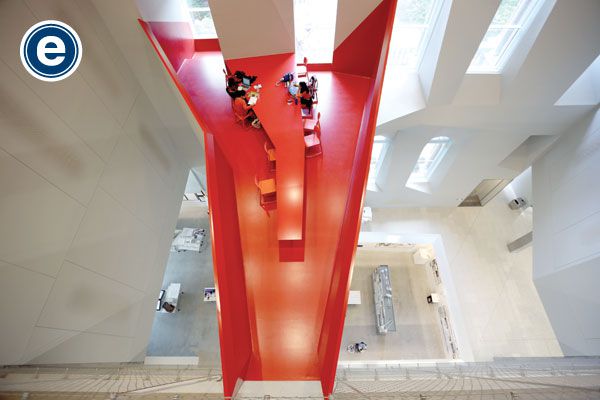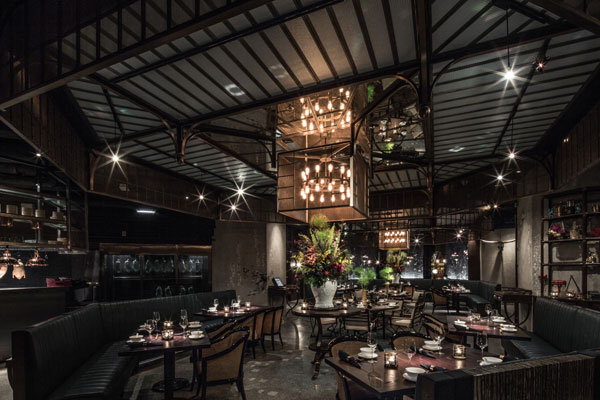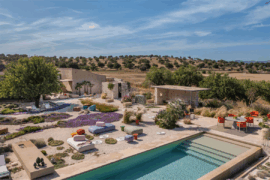The Perth foreshore debate continues with an alternative proposal published by waterfront resistance group The City Gatekeepers. Paul McGillick discusses.
February 24th, 2012
The resistance to the proposed Foreshore re-development in Perth continues to gain momentum with a large rally held on the Esplanade last Sunday.
The local press also continues to run with the story and even managed to interview the Minister for Planning, John Day… given that the Premier, Colin Barnett, rules his government with an iron fist and is rumoured to be not-for-turning re the Foreshore.
At least there is now public discussion about a project that is going to transform the city of Perth irremediably – because this is a project which has hitherto been pushed by stealth with a strong whiff that certain well-positioned people know what’s best for the people of Perth.
The pro-development people have made it clear that opening the issue up for public debate runs the risk of opposition and even – horror – a review of the whole matter. You see, that’s the problem with asking the public what they think: they might actually disagree with your views on how they should live their lives.
The Gatekeepers, who have been organising resistance to the project, have now published an alternative proposal to highlight the defects of the current plans.
It deserves serious and open-minded attention.
The original motivation was to connect the Perth CBD to the river. However, the current plan does precisely the opposite by erecting a series of high-rise towers, creating a visual and physical barrier. The alternative, however, does create connection while allowing for development.
It also achieves an appropriate scale, maintains traffic flow along Riverside Drive without compromising pedestrian access and puts public amenity before private and bureaucratic benefit.

1 Floating public swimming pools
2 Contemporary buildings up to 10 storeys
3 Community gathering and entertaining
4 Hotel on water’s edge
5 Apartments on finger wharfs
6. Land bridge over Riverside Drive
7 Continuous cycling and pedestrian path at water’s edge
8 Passive and active recreation on The Esplanade
9 Museum and modern art gallery and Indigenous Cultural Centre
10 Performing arts stage floating on water
Dr Paul McGillick is Editorial Director of Indesign Publishing
INDESIGN is on instagram
Follow @indesignlive
A searchable and comprehensive guide for specifying leading products and their suppliers
Keep up to date with the latest and greatest from our industry BFF's!

Welcomed to the Australian design scene in 2024, Kokuyo is set to redefine collaboration, bringing its unique blend of colour and function to individuals and corporations, designed to be used Any Way!

With a program so huge where do I even start? You may well ask! And we’ve curated a comprehensive list of the our top highlights ahead of Melbourne Design Week. Don’t delay – read now!

In commercial spaces, flooring is more than just a surface – it’s a foundation for how people experience a space.

Issue 60 of Indesign Magazine Focuses on Education. Indesign Live will do the same during the month of March.

Hong Kong-based interior designer Joyce Wang has earned top honours at this year’s prestigious INSIDE: World Festival of Interiors. Competing alongside 60 other nominees in the category, the studio’s MOTT32 project was named World Interior of the Year 2014.
The internet never sleeps! Here's the stuff you might have missed

Entertaining outdoors is fundamental to Italian culture, and homes, hotels and restaurants embrace patios, terraces and gardens that celebrate scenery, climate and comfort.

With Steelcase having reopened its refreshed WorkLife Showroom in Singapore this year, we spoke to Navedita Shergill about some key workplace macro shifts identified in their research.